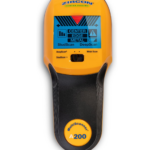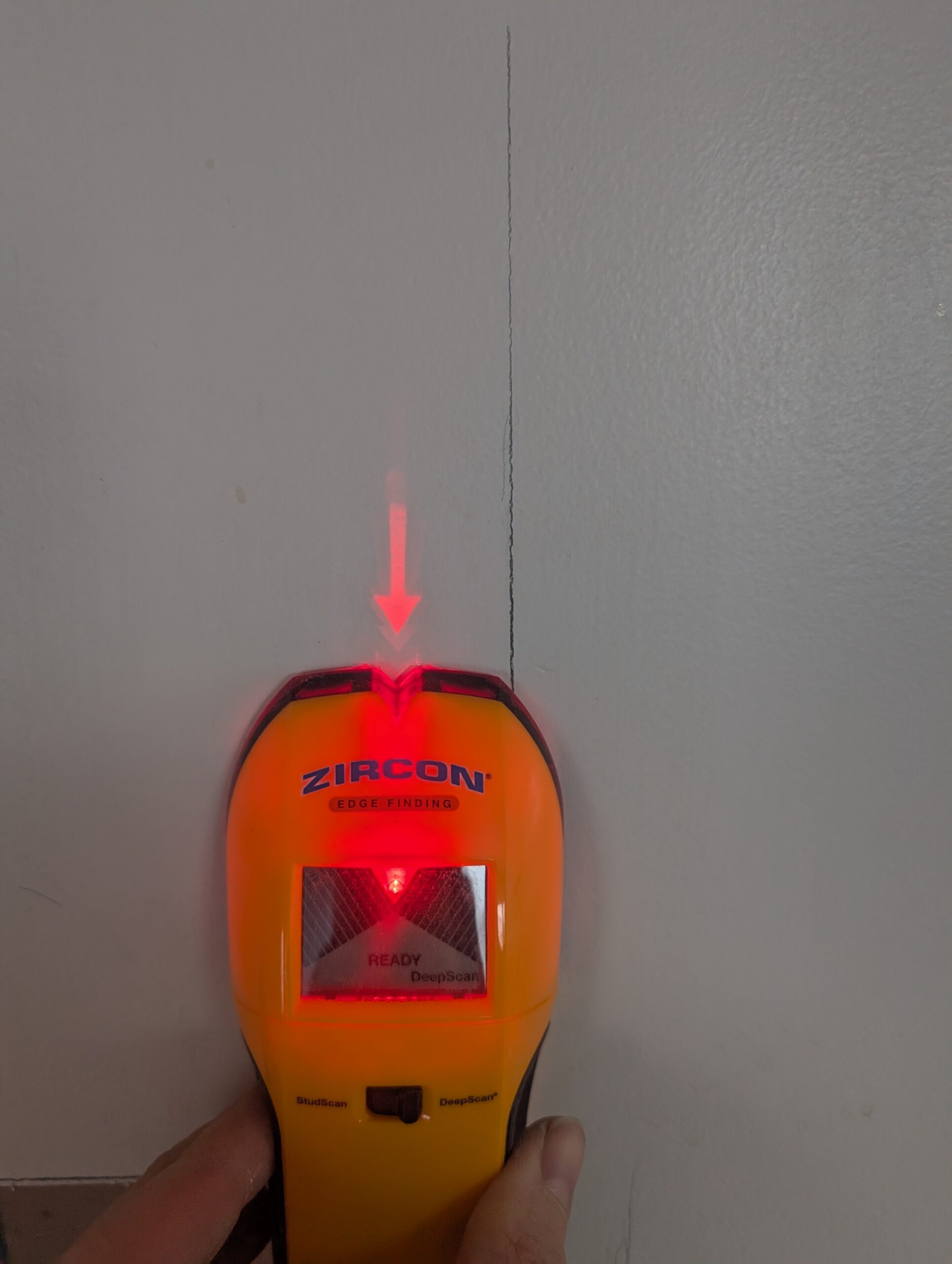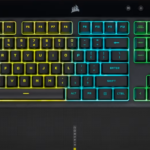With the recent flood of mesh networks into the market it can be hard to understand the differences between them and picking one that provides what you need.
|
|
|
|
|
|
|
|
Many of these solutions are fine for many uses and have their market. For me, I wanted to run a fast effective Wifi for 4000 sq. ft. home and half acre yard.
After looking at the best solutions available it was pretty clear the the Netgear takes first in most round up reviews. I’ll be writing more on this once i’m able to get one and run my comparisons. The following reasons are why I bought the Velop instead of the Orbi.
- Tri-band signal for back-haul similar to the Orbit, but the Velop allows for a hard-wire back-haul instead, and all 3 bands can be used by the devices
- More nodes available to connect to get WiFi into every square inch of the house and yard
Lets start the review, below I have a layout of my home, and we will go over what hardware I used before the Velop.
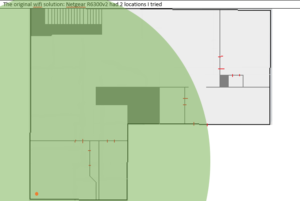
The original spot for the R6300 has mirrors along the entire sides of the internal facing walls. This prevented the signal from leaving the room properly and really stunted the signal.
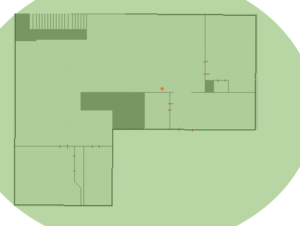
The next spot was able to get coverage through most of the house but we had a few dead zones in the corners and still nothing in the yard. The biggest issue was the room that needed the most attention is the computer room, which is in the lower left corner. The upstairs has more dead spots in the corners as well.
Now we show the Velop:
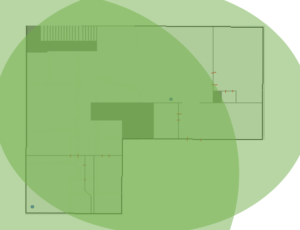
2 Nodes are downstairs and none are upstairs. This seems to still provide the signal I need. we’ll discuss speeds in a moment.
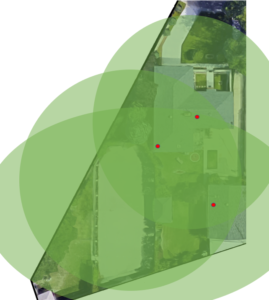
With the 3rd node being in the garage it has 1 wall to go through which allows it to span nearly the entirety of the yard.
Since 2 nodes are hard wired I don’t see significant reduction in speeds in any corner of my house. So what am I getting with a 250Mbps connection from my ISP
- In the room with the Primary Velop I am getting 292Mbps online connection. Considering I am paying for a 250Mbps connection I cant complain.
- Inside the room with the other Velop I got a speed of 290Mbps but I think this is more of a fluke due to the speeds I got connecting to 2 other spots.
- Corners of the upstairs got 292Mbps and 295Mbps so I think this is all a small variant to expect with any speed test.
- In the furthest corner where the signal starts to fade outside. I was able to still get 85Mbps
- As I am leaving my driveway in the front I start to see the signal drop pretty quick but as of now it has be bearing on anything I am doing or need to do
The Pros
- Does exactly what it advertised, and created a wonderful little wifi world for me and my devices.
- Easy to manage and see whats happening on my network through the mobile app.
- High speeds at any location in home, yard, or 50+devices connecting at the same time for a LAN party.
The Cons
- Setup didn’t work as smooth as it was supposed to but when I reached out for support nobody was available on the Velop team to help me. Eventually after doing a reset on the device for the 4th time it worked but was more difficult than I would have liked and before I got a call back from the support line.
- The interface on the phone app is fine but I prefer a full command console on the computer to manage my WiFi. There is a console that has the options I’m looking for but they make it very difficult to get there and don’t want you to know it exists. 192.168.1.1 and click on the Velop Icon in the top right, then enter your admin credentials you setup on the phone app.
- They seem to place the blame on others pretty quick. I have had to do 2 resets of the primary node in 6 months. This is a bit more than I am used to, though not something unique to the Velop. The part that is frustrating to me is their internal troubleshooting.
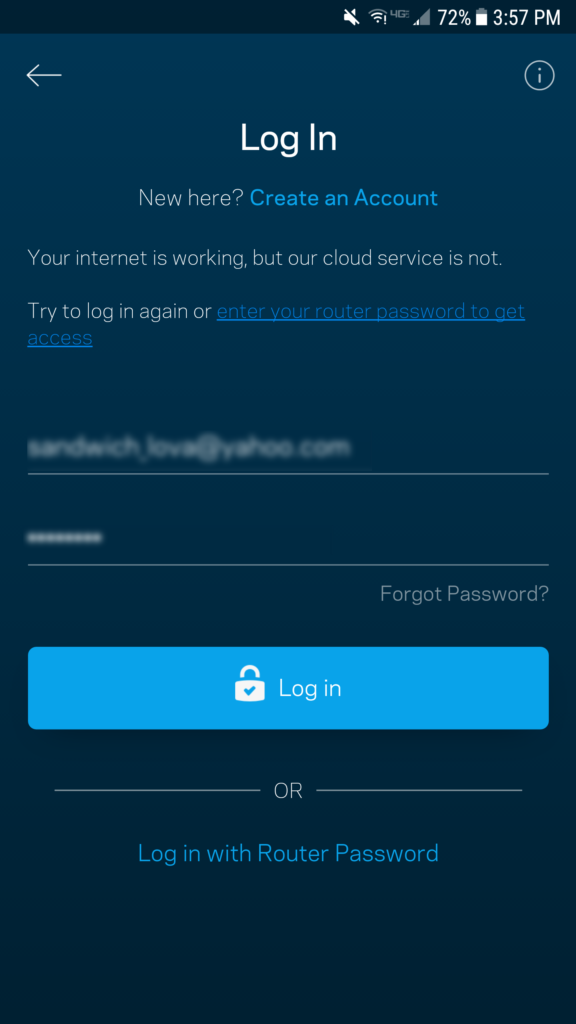
Then you have the error where you can’t manage your own system because their cloud is down.
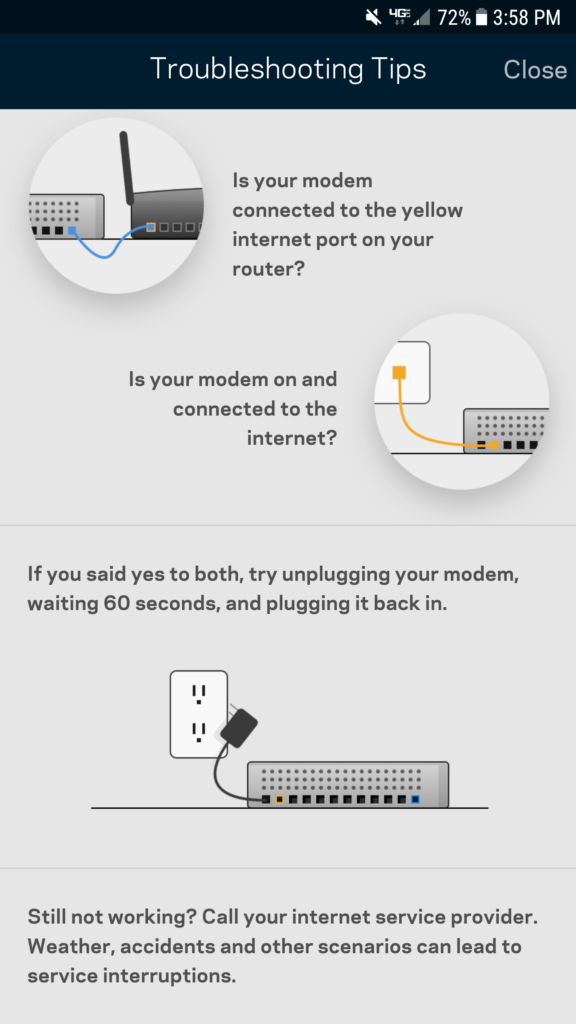
Despite being an issue with the Velop needing to be rebooted their troubleshooting never has you do that. They point the finger at anything else rather than taking responsibility for their own product.
Summary:
Even though there has been some issues with my deployment, on the everyday use of my WiFi, I get wonderful coverage in all rooms and aspects of my home.
My speeds are excellent and I’ve never had any issues with the number of devices connected at any given time. There are still improvements to be made in this space but I feel the same is probably going to be true for any consumer grade mesh WiFi solution. I fully recommend this setup for anybody that has a large home and or yard that needs to be covered with possible expansions. That doesn’t mean that this is the best solution for everybody, as I mentioned at the top, there are a lot of options and no 1 piece of hardware is the single best options for everyone.





